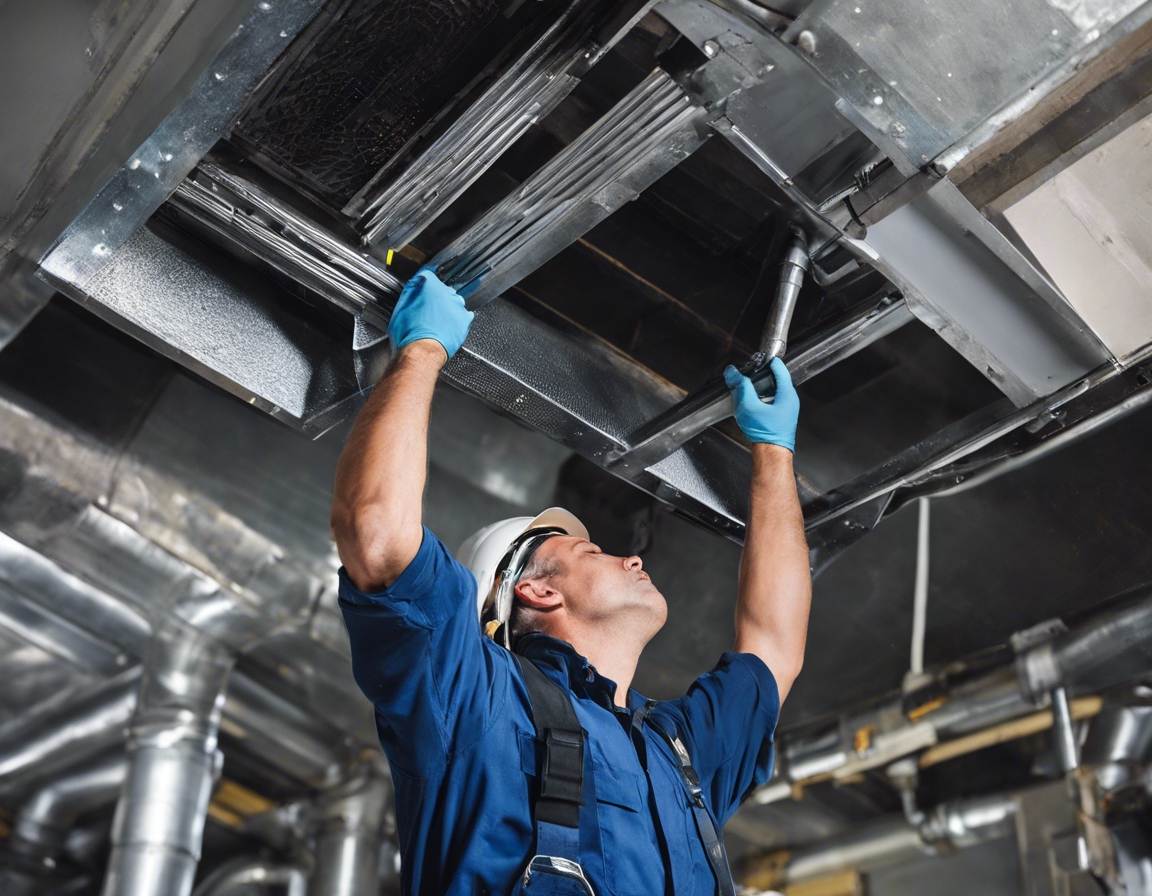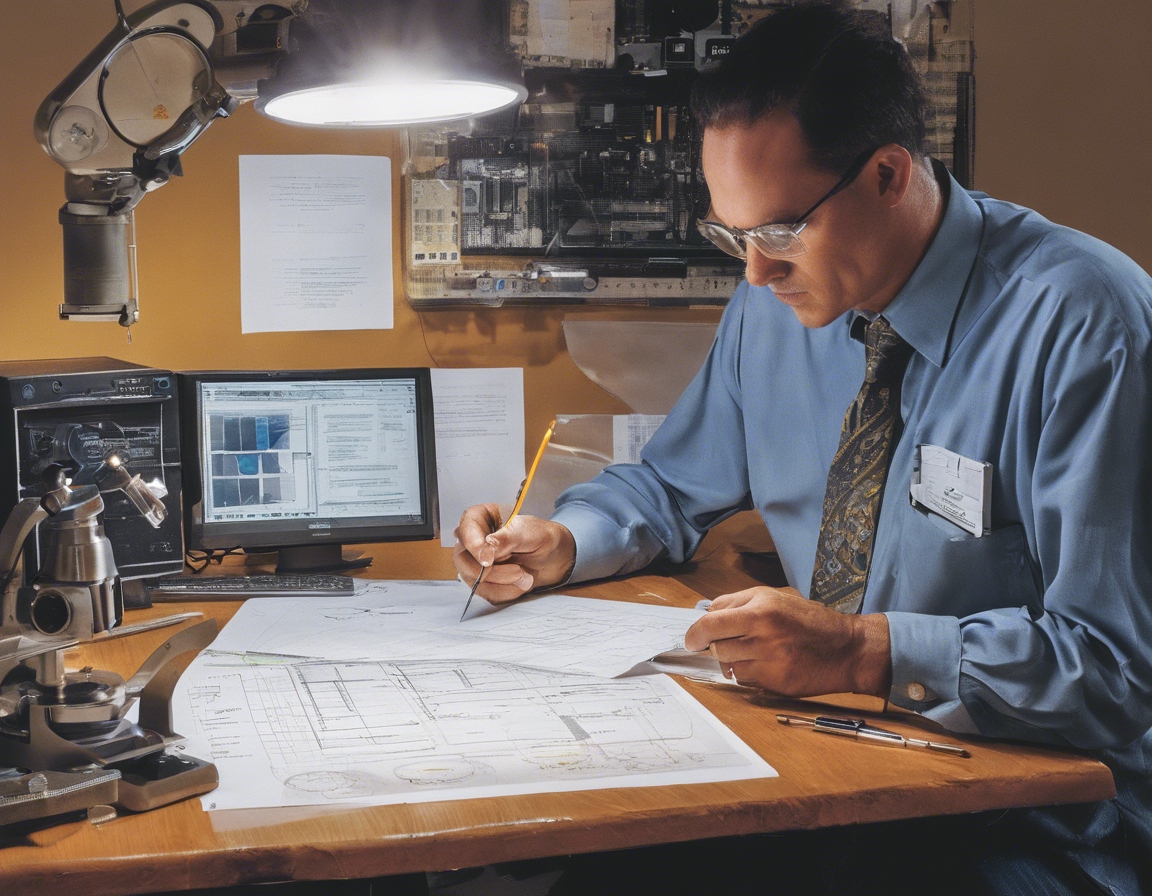Ventilation in construction: why it matters
Ventilation refers to the process of exchanging or replacing air in any space to provide high indoor air quality, which involves temperature control, replenishment of oxygen, and removal of moisture, odors, smoke, heat, dust, airborne bacteria, carbon dioxide, and other gases. In the context of construction, effective ventilation is crucial for ensuring a safe and comfortable environment for workers and future occupants.
Proper ventilation in construction sites is not just a matter of comfort; it is a critical component that affects the health and safety of workers, the integrity of the construction work, and the long-term sustainability and usability of the building. It helps to control the spread of contaminants, manage moisture levels, and maintain a balanced indoor environment.
Health and Safety Considerations
Construction workers are often exposed to a variety of hazardous materials and conditions. Adequate ventilation reduces the risk of respiratory problems, heat stress, and exposure to toxic substances, which can lead to improved worker health and increased productivity on the job site.
Meeting regulatory requirements is a fundamental aspect of construction projects. Ventilation is governed by various health and safety standards, such as those set by OSHA (Occupational Safety and Health Administration) and other international guidelines, which mandate certain air quality and ventilation measures to be in place.
Types of Ventilation Systems in Construction
Natural ventilation utilizes natural forces like wind and buoyancy to move fresh air into buildings. This method is cost-effective and energy-efficient but may not always provide consistent airflow, especially in tightly sealed structures.
Mechanical ventilation systems use fans and ductwork to provide controlled air movement. They are more reliable than natural systems, especially in areas with little wind or in buildings with specific air quality needs.
Hybrid systems combine natural and mechanical ventilation to optimize energy efficiency while maintaining air quality. These systems can adjust to changing conditions and provide the best of both worlds.
Challenges in Construction Ventilation
Designing a ventilation system that meets the specific needs of a construction project can be complex. It requires careful consideration of the building's use, layout, and local climate. Implementation can also be challenging, as it often involves coordination with other aspects of construction.
Once installed, ventilation systems must be properly maintained to ensure their effectiveness. This includes regular cleaning, filter changes, and system checks. Operational challenges, such as adjusting the system for different phases of construction, can also arise.
Best Practices for Effective Ventilation
Effective ventilation begins with good design. This involves integrating ventilation considerations early in the planning process, using predictive modeling, and selecting appropriate systems for the specific project.
Advancements in technology have led to smarter, more efficient ventilation systems. These include automated controls, energy recovery ventilators, and air quality sensors that help maintain optimal conditions.
Regular maintenance is key to the longevity and performance of ventilation systems. Scheduled inspections and proactive repairs can prevent system failures and ensure continuous air quality control.






Comments (0)